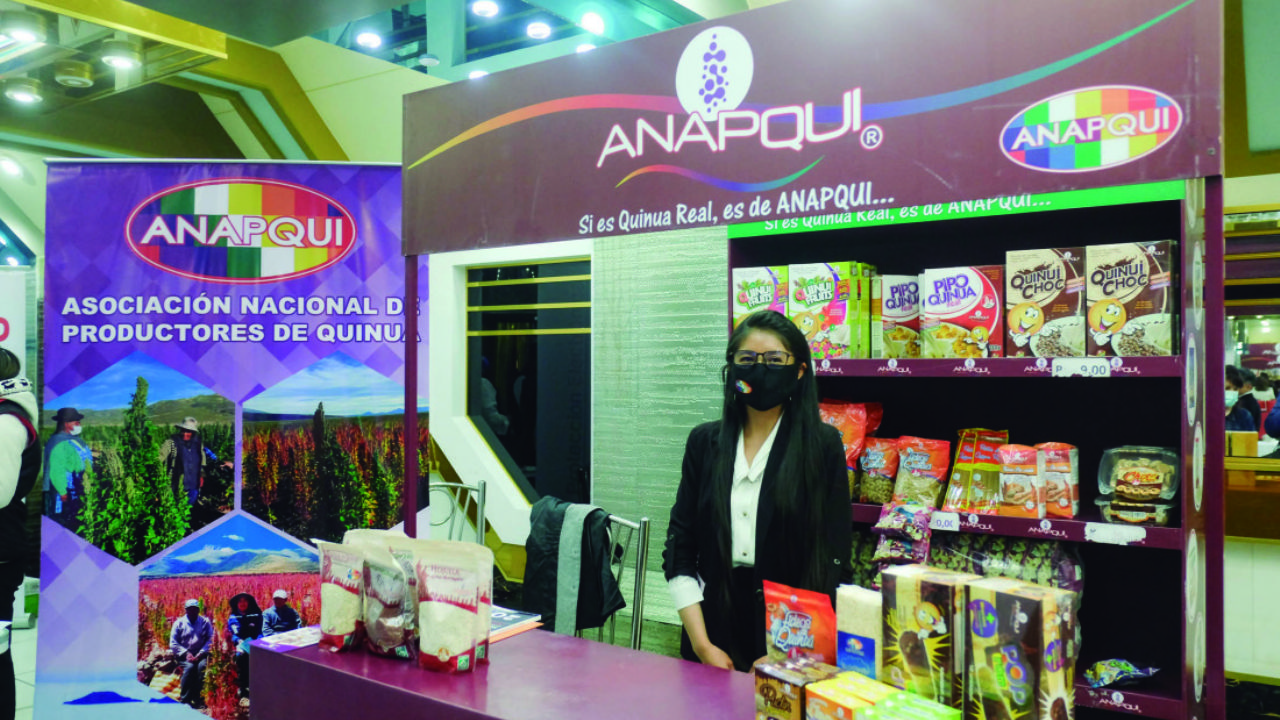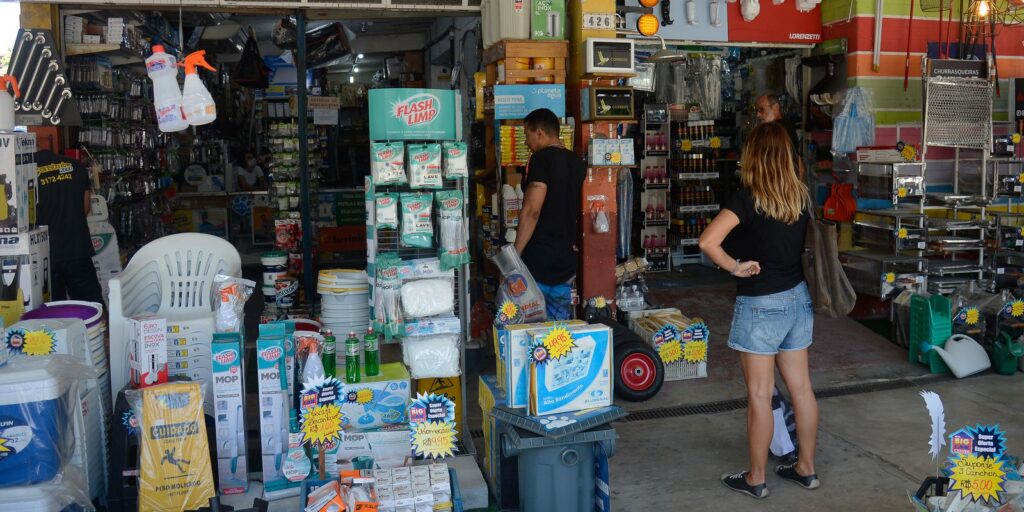With 38 years of experience, the National Association of Quinoa Producers (Anapqui) aims to return to the US market with royal quinoa and derivatives of the Andean grain. “Bolivia has the best quinoa and everyone should know about it,” says Royer Cabrera, commercial deputy manager of the Association.
Created on December 3, 1983, at the First Congress of the Single Trade Union Confederation of Peasant Workers (Csutcb) held at the Cine México in La Paz, Anapqui brings together 1,500 quinoa producers with the slogan of recovering the land, territory , culture and language encouraging the practice of administrative economic self-management.
“Anapqui has partners from Oruro, Potosí and La Paz and has opted to have the plant in El Alto,” explains Cabrera while inviting a delicacy of quinoa, one of the many grain derivatives that are industrialized.
Anapqui has an industrial plant in Challapata, Oruro, where camelid cattle are also raised to support organic production; in addition to the production plant for quinoa derivatives in the El Kenko area in El Alto.
The Association’s quinoa has been exported for years to twenty countries; The United States was among them until the ATPDEA treaty was closed.
“The products are not for profit, but the objective is to show the quality of the Bolivian grain, so that it is positioned internationally with the name of Bolivia,” says the deputy manager.
Now, the Association has resumed negotiations with the aim of exporting the production of quinoa and its derivatives to the US market, which has 320 million people.
In addition to the famous Royal Quinoa, Anapqui produces a dozen derivatives that range from cereals and cookies to pasta and flour. They all have national and international certifications. “This is natural and unique quinoa that is produced with respect for the Pachamama,” emphasizes Cabrera.

















